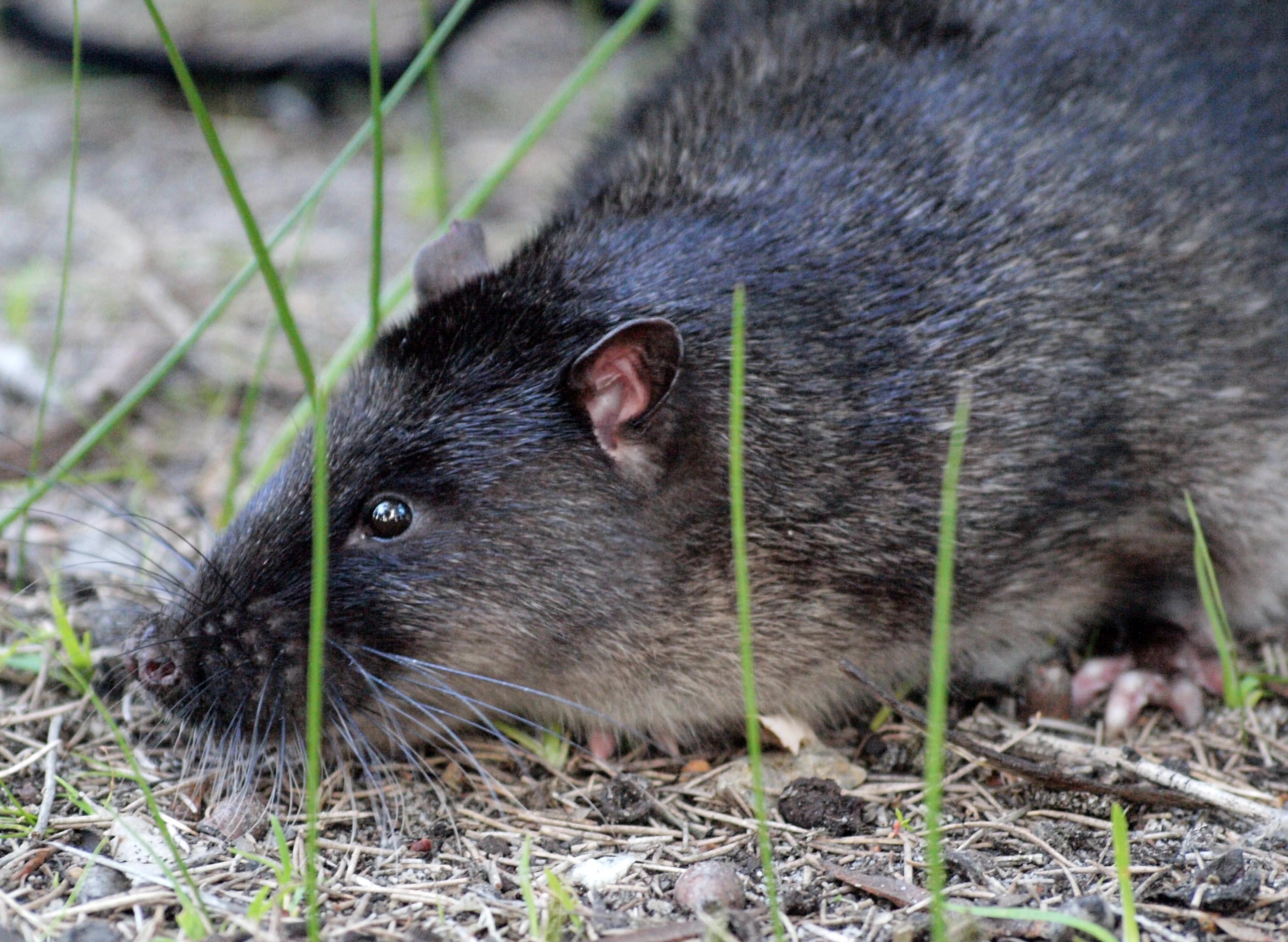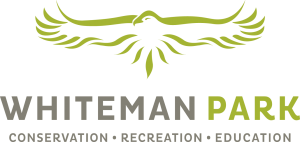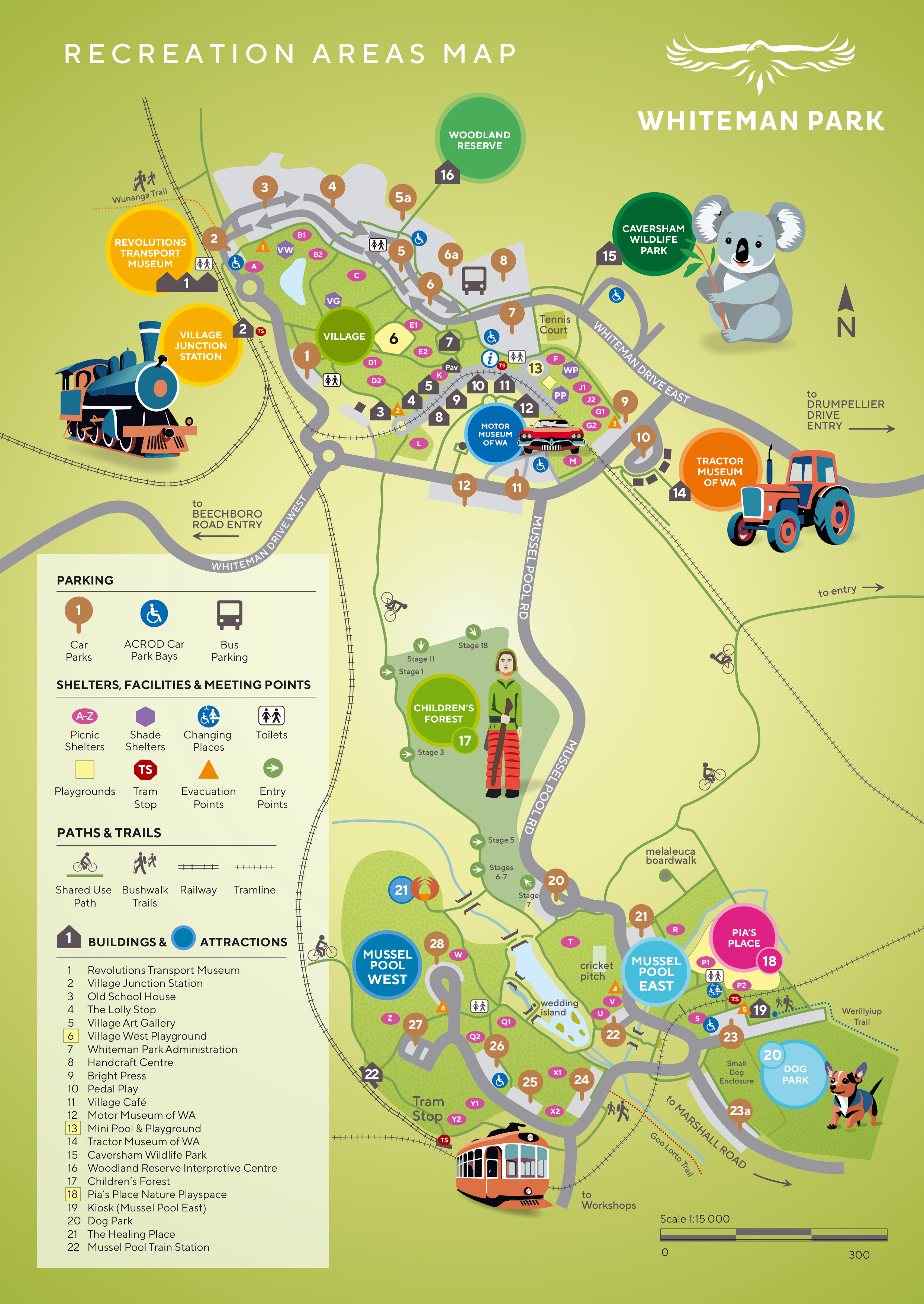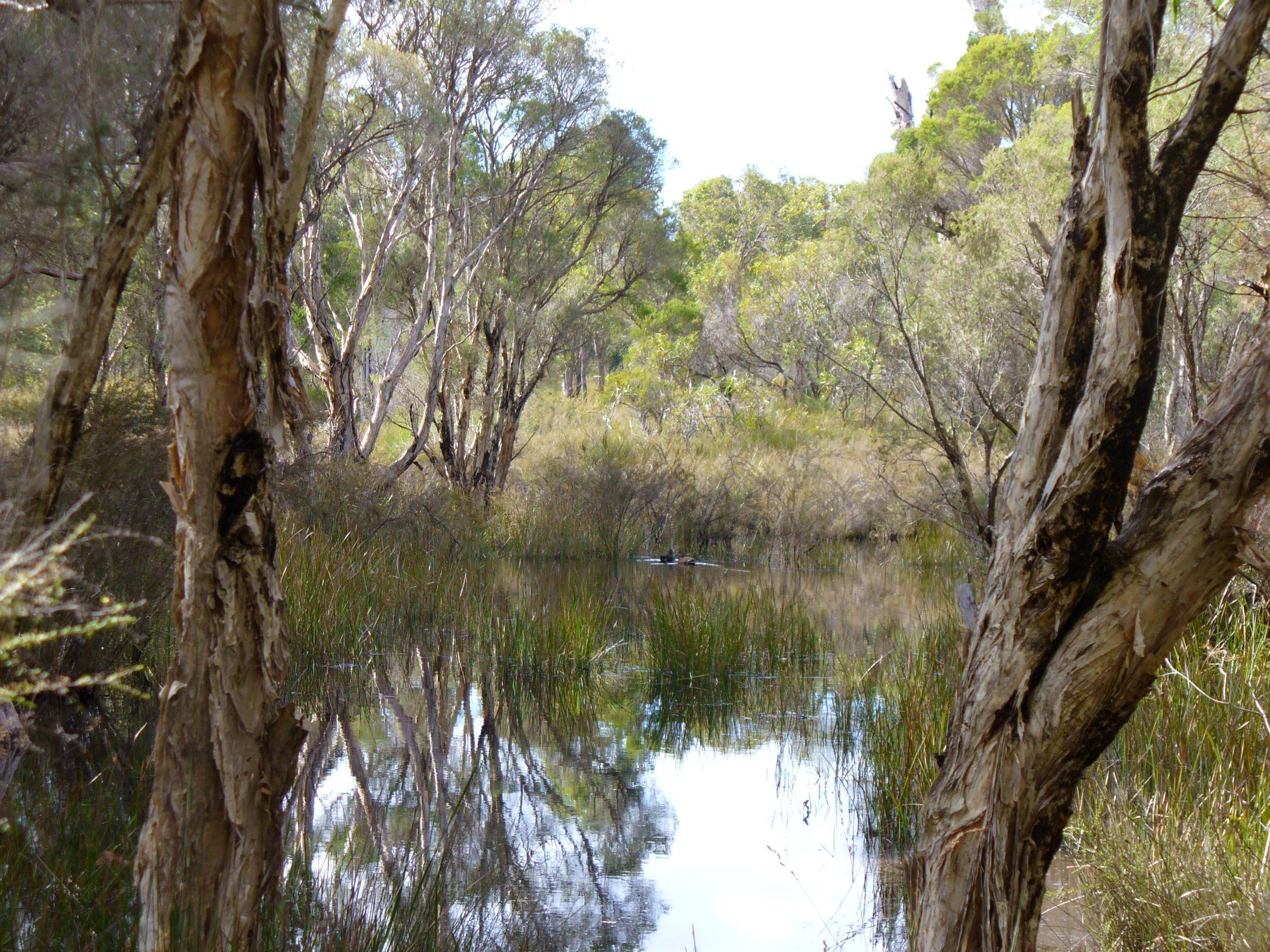Korndiny Karla Boodja is the life stream of Whiteman Park.
Originating as a superficial groundwater aquifer in the Park’s north-west, Bennett Brook - as it is now known, flows through Mussel Pool and runs south to join the Swan River (Derbal Yerrigan) at Bassendean.
It is important habitat for many animals including three native fish species, the yakkan / long-necked turtle (Chelodina oblonga), native yinbi / freshwater mussels (Westralunio carteri), small freshwater crustaceans and tiny macroinvertebrates. A population of quenda (Isoodon fusciventer) reside on the Brook’s banks, relishing the density of the wetland vegetation, while the koomal / brush-tailed possum (Trichosurus vulpecula), often nest in the surrounding paperbarks.
Bennett Brook typically flows from early August until early November, depending on seasonal conditions.
The Gooloorto Trail offers the best look at Bennett Brook close-up.

WILDLIFE OF THE BROOK
The rakali, or moytj / native water rat (Hydromys chysogaster), has also been spotted on the banks of Bennett Brook. It is distinguishable from the common brown rat (Rattus rattus) by its broad face, webbed hind feet and long, thick, white-tipped tail.
These amphibious mammals are good indicators of wetland and riverine health, so their presence along the Brook is a positive sign.
Cultural signficance
Korndiny Karla Boodja - or Bennett Brook - and the extensive wetland systems associated with it, is of high significance to the Aboriginal people. Noongar people would move along the reaches of Bennett Brook hunting and gathering food while moving from camps in the Guildford area to Lake Gnangara and beyond to the freshwater chain of wetlands that extend from Lake Goollelal to Yanchep.
On the Swan Coastal Plain, most wetlands are of Aboriginal significance as they are a source of food and water, they were used as camping places and they have current heritage values; many Aboriginal elders consider wetlands to be spiritual repositories, particularly as they are breeding grounds for many living creatures. This connection with the land is still of vital importance to the local Noongar community, as well as to all people visiting the region.
Conservation
Today, these wetlands are still just as important for the role they play in the broader ecosystem, as natural biofilters and essential habitat. Many of the wetlands associated with the Bennett Brook system are Conservation category wetlands*, including the river itself and western floodplain.
Grogan’s Swamp, located in the central section of Bennett Brook, is a protected wetland under the Environmental Protection (Swan Coastal Plain Lakes) Policy 1992.
*Conservation category wetlands are those that support high levels of attributes and functions.
Images:
(Top) Grogan's Swamp, Bennett Brook, a Conservation category wetland
(Above) The rakali, or native water rat is a native swimming mammal that can be found in the brook



